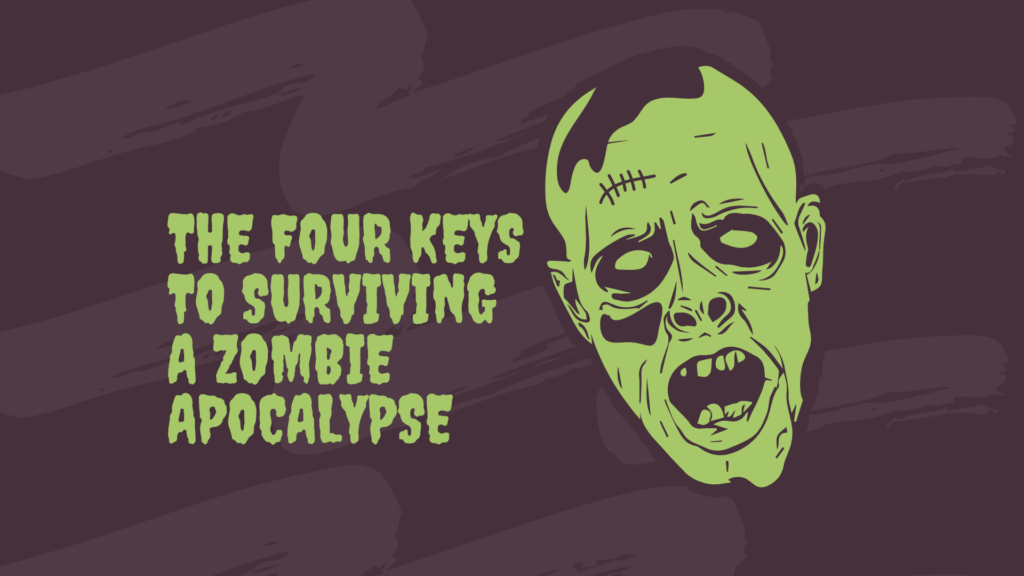Future Readiness Community Engagement Activity: Ensure Every Student is Prepared to Succeed After High School

Education is the kindling of the flame, not the filling of a vessel.
– Socrates

INTRO
In many current educational systems, there is a significant gap between what IS and what OUGHT to be in preparing students. Students must be able to navigate a future that is continually becoming more complex and is consistently changing.
Facilitate this life-ready protocol with all your key stakeholder groups to assist you in developing a shared understanding of the need for a holistic vision for student readiness.
OBJECTIVES
- Gather stakeholder input on the skills and characteristics that are critical for student readiness
- Begin to share an understanding of the need for a holistic vision for readiness
- Lay the foundation for developing a shared, holistic vision for readiness that is known by all key stakeholder groups
RESOURCE LINKS
- FORM: Stakeholder Engagement Survey
- Once you make your own copy, you can modify this survey to fit your school context/needs (elementary, K12, secondary, etc)
- PDF: Graphic Organizer Document
- VIDEO: Four Keys to Readiness
Facilitate the life-ready protocol below with all your key stakeholder groups to assist you in developing a shared understanding of the need for a holistic vision for student readiness.
Tips for approaching this exercise with different groups (teachers, faculty, students etc.) are at the bottom of the page.
Describe a student walking across the graduation stage ready to successfully transition and navigate the world beyond high school.
List the characteristics, skills, mindsets, and behaviors of this student.
Which of the above items you listed have helped you the most through transitions in your own life?
Why? Provide some specific examples?
Watch the provided video about the Four Keys to Readiness
Which category best fits the skill (step 2) that was most helpful to you?
- Think: Critical thinking and problem solving
- Know: Content knowledge
- ACT: Ownership of learning and self management
- GO: Navigating life transitions
Collectively share where your single most important attribute maps onto the FOUR Keys.
Ask the key question: “Do we share a holistic vision for readiness, and do all of our stakeholders know it?”
TIPS
Engage different stakeholders to perform this exercise.
Faculty / Staff
- When collecting this information from staff, we suggest facilitating the process in a meeting, but collecting the feedback electronically. This way you can use a word cloud tool or spreadsheet to find out what ideas and words are used the most.
- If you are meeting in person, you can also use chart paper and post-it notes to collect information.
Students
- We recommend engaging with at least 10% of your students and making sure that the diversity of your school population is represented by the students you engage.
- Be thoughtful in providing accommodations for students from different cultural backgrounds, with different language abilities, and special education students to ensure their voices are included.
- Most schools gather student feedback after leading this activity with staff so that teachers are able to facilitate the process with students.
- Most schools gather student feedback after leading this activity with staff so that teachers are able to facilitate the process with students.
- We suggest facilitating the process in a class, but collecting feedback electronically with a Google form or Google doc, so you can use a word cloud tool or spreadsheet to find out what ideas and words are used most.
- For elementary students, consider being creative in how you gather their feedback. Upper grades normally do pretty well with an electronic survey, but for younger students consider using other storytelling methods such as the ones used in this Toolkit idea.
Community
- We recommend:
- The principal write an explanation letting families know the importance of their feedback as part of the process of setting your school’s identity.
- Using newsletters, social media, and front desk office staff to encourage families to share feedback.
- Sample a diverse group of families to fully represent the demographics of your school.
- Identify the best strategies to make sure they are able to provide feedback.

About the Author
Dr. Matt Coleman is the CEO of Inflexion, where he leverages his deep-rooted expertise in school systems change to drive impactful educational reform. With a career spanning various roles—from educational assistant to assistant superintendent—Matt’s experience encompasses every level of secondary education.
Connect With Matt
This work by Inflexion is licensed under Creative Commons Attribution-NonCommercial-ShareAlike 4.0 International







Responses